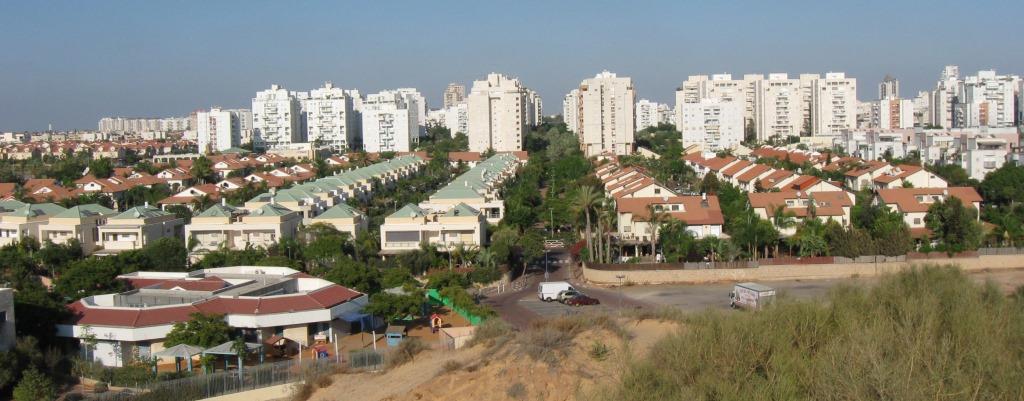Why would you buy a run-down property in an Israeli city? Because its value could increase by 30% overnight!
Israel is a young country that had to grow very fast and absorb millions of refugees, so much of the housing built in the 1960s and ’70s is now in poor condition and in need of renewal. The combination of huge demand for housing in the center of the country, and concerns over the stability of older buildings in the event of an earthquake, led to the launch of the Tama 38 programs.

Since 2012, two successful urban renewal programs in Israel have created interesting opportunities for property owners and investors. At Creative Estates we have seen how the Tama 38 programs in many central Israeli cities have increased the value of some residential properties by 30% or more.
The Tama 38(1) program applies to multi-occupancy buildings constructed prior to 1980 that do not conform to Israeli building code standards and would not be safe in the event of an earthquake. The apartment owners sign a contract with a development company to carry out structural strengthening work to the building and to expand all the existing apartments. This not only improves the appearance and safety of their building, but it also allows each owner to add 25 meters to their home, including a bomb-proof room and a storage room, and add another 12 meters of open space or balcony, increasing the value of their property. The developer is entitled to add more floors to the building and sell any additional apartments created, in order to cover their own costs.
The Tama 38(2) program allows for the demolition and reconstruction of old buildings. In Ramat Hasharon, for example, 168 old housing units in seven residential buildings dating back to the 1960s are being demolished. In their place, four 23-26 storey buildings will be constructed, creating 588 new apartments. Each apartment owner will receive a new home which is larger than their previous property in the old building, and the developers will sell the other new apartments to cover their costs. A similar project in Ra’anana is replacing a few old buildings consisting of 39 apartments with three 8-storey buildings and a total of 120 apartments.
Under the Tama 38/2 program, the developers cover the cost of moving the residents into alternative rental accommodation during the construction process, and landlords are compensated for lost rental income. Developers also pay for the building permits, legal fees and construction costs.
From experience, I would advise that it is crucial for apartment owners to check the small print of the contract with the developers very carefully, to make sure that all promises concerning the fitting out of their new apartment will be kept, and that it will be registered in their name. As a qualified Israeli lawyer, I am happy to look over such contracts and check that the developer is a reputable company with a good track record for projects of this type.
Investors who are interested in buying a property in Israel that may be designated for Tama 38 reconstruction can still find good deals. The program usually takes between 3-5 years from approval to completion of the new apartments, but you can expect the value of the purchased property to increase by at least 30% when the Tama 38 approval is given. As the property owner, your expenses will be covered by the developer. For example, an apartment in an old building that is in poor condition and on the market for 1.8 million NIS can be expected to be worth 2.2 million NIS or more at the end of the Tama reconstruction program, and even more if the gentrification of the neighbourhood results in an increase in market prices.
At Creative Estates Israel Property Investment & Management Services, we are happy to help overseas investors find suitable properties and to guide them through the Tama 38 process. As your property manager, we will represent your interests alongside the other apartment owners, checking that the developer company is reliable and experienced and the contract water-tight.
Talk to us today about investing in potential Tama 38 projects around Israel.